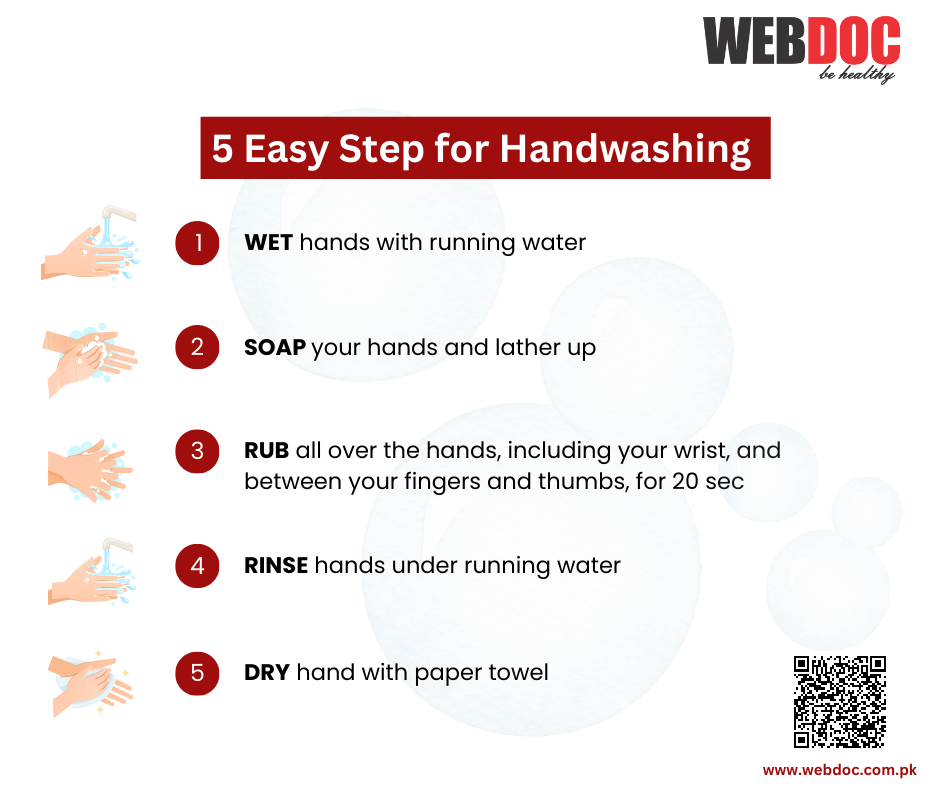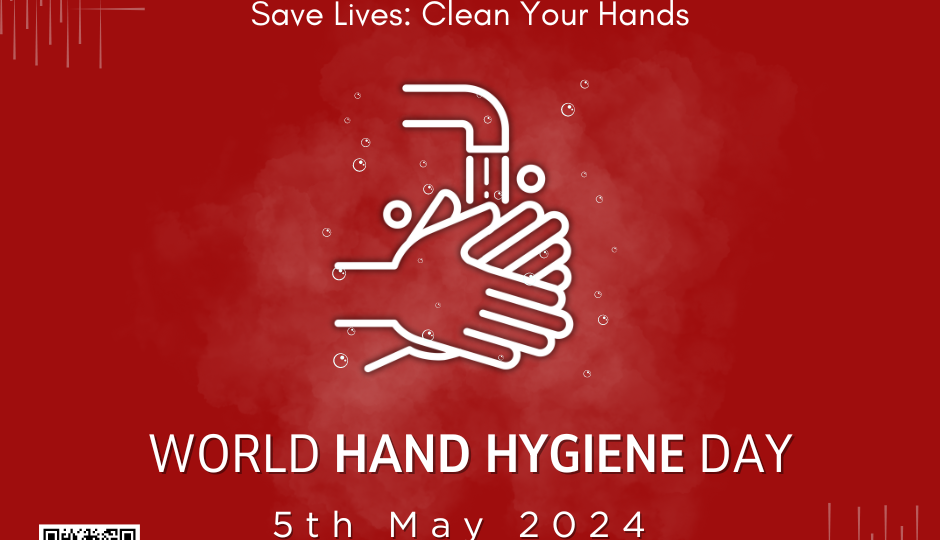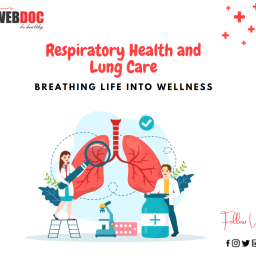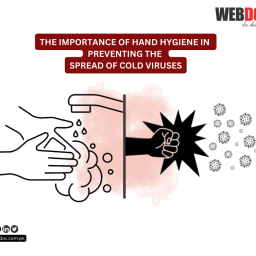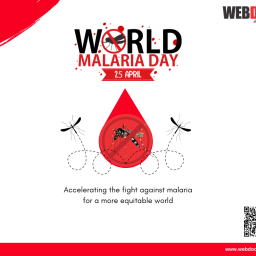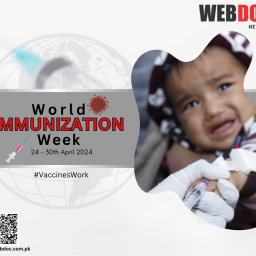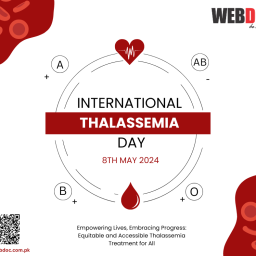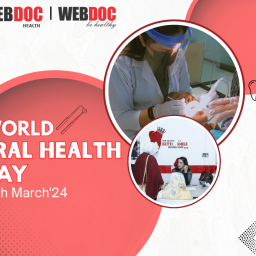Introduction:
In a world teeming with pathogens and infectious diseases, hand hygiene stands as a fundamental yet often overlooked practice in maintaining health and preventing the spread of illnesses. World Hand Hygiene Day, observed annually on May 5th, serves as a crucial reminder of the importance of clean hands in safeguarding public health. This article explores the significance of World Hand Hygiene Day, the importance of hand hygiene in preventing diseases, global initiatives to promote hand hygiene, and practical tips for maintaining proper hand hygiene.
The Significance of World Hand Hygiene Day:
Established by the World Health Organization (WHO) in 2009, World Hand Hygiene Day aims to foster awareness and understanding of the importance of hand hygiene among healthcare workers, policymakers, and the general public. The date, May 5th, was chosen to commemorate the birthday of Dr. Ignaz Semmelweis, a Hungarian physician known as the “father of hand hygiene” for his pioneering work in advocating handwashing practices in healthcare settings during the 19th century.
Hand hygiene plays a critical role in preventing the transmission of infectious agents, including bacteria, viruses, and fungi, which can cause a wide range of illnesses, from the common cold to more severe infections such as influenza, COVID-19, and healthcare-associated infections (HAIs). By promoting hand hygiene, World Hand Hygiene Day contributes to the global efforts to reduce the burden of infectious diseases and improve public health outcomes.
Importance of Hand Hygiene in Preventing Diseases:
Hand hygiene is a simple yet effective measure to reduce the risk of acquiring and transmitting infections. The hands act as vehicles for the transmission of pathogens, as they come into contact with various surfaces and objects throughout the day. Without proper hand hygiene practices, these pathogens can be easily transferred from person to person, leading to outbreaks of infectious diseases in communities and healthcare settings.
According to the Centers for Disease Control and Prevention (CDC), handwashing with soap and water for at least 20 seconds is one of the most important steps individuals can take to prevent the spread of infections. Hand sanitizers containing at least 60% alcohol are also effective alternatives when soap and water are not readily available.
In healthcare settings, where the risk of infection transmission is particularly high, adherence to hand hygiene protocols is paramount. Healthcare-associated infections, which are infections acquired during the course of receiving medical care, pose a significant threat to patient safety and can result in prolonged hospital stays, increased healthcare costs, and even death. Proper hand hygiene practices among healthcare workers can help prevent the transmission of pathogens between patients and reduce the incidence of HAIs.
Global Initiatives to Promote Hand Hygiene:
World Hand Hygiene Day serves as a platform for various stakeholders, including governments, healthcare organizations, non-governmental organizations (NGOs), and the private sector, to collaborate and raise awareness about the importance of hand hygiene. Numerous initiatives and campaigns are conducted around the world to promote handwashing and hand sanitization practices, particularly in settings where access to clean water and sanitation facilities is limited.
The WHO’s “Clean Care is Safer Care” program, launched in 2005, aims to improve hand hygiene practices in healthcare facilities worldwide through the implementation of evidence-based strategies and interventions. The program provides guidelines, training materials, and monitoring tools to support healthcare workers in adhering to hand hygiene protocols and preventing HAIs.
In addition to healthcare settings, efforts to promote hand hygiene extend to schools, households, and communities. Educational campaigns, such as the Global Handwashing Day, emphasize the importance of handwashing with soap as a cost-effective intervention to prevent diarrheal diseases and respiratory infections, particularly among children in low-resource settings.
Difference between hand hygiene and hand washing
Hand hygiene and hand washing are both essential practices for maintaining clean hands and preventing the transmission of infections, but they differ in their scope and application. Here’s a detailed comparison between hand hygiene and hand washing:
Definition:
- Hand hygiene: Hand hygiene refers to the overall cleanliness and condition of the hands, encompassing both hand washing with soap and water and the use of alcohol-based hand sanitizers.
- Hand washing: Hand washing specifically refers to the act of cleaning the hands with soap and water to remove dirt, soil, and microorganisms.
Method:
- Hand hygiene: Hand hygiene includes both hand washing and the use of alcohol-based hand sanitizers. Alcohol-based hand sanitizers contain antiseptic agents, such as ethanol or isopropanol, which kill or inhibit the growth of microorganisms on the skin.
- Hand washing: Hand washing involves the mechanical action of rubbing the hands together with soap and water to create friction, which helps to loosen dirt, grease, and microorganisms from the skin. The soap helps to lift away dirt and microorganisms, while water rinses them away.
Effectiveness:
- Hand hygiene: Hand hygiene, including both hand washing and hand sanitizing, is effective in reducing the microbial load on the hands and preventing the spread of infections. Alcohol-based hand sanitizers are particularly effective against a broad spectrum of bacteria and viruses, including many that cause respiratory and gastrointestinal illnesses.
- Hand washing: Hand washing with soap and water is considered the gold standard for hand hygiene, as it is highly effective in removing dirt, soil, and microorganisms from the hands. Proper hand washing can significantly reduce the risk of acquiring and transmitting infectious diseases.
When to use:
- Hand hygiene: Hand hygiene, including hand washing and hand sanitizing, should be practiced regularly throughout the day, especially before and after certain activities such as preparing food, eating, caring for someone who is sick, and using the restroom. Hand sanitizers are particularly convenient for situations where soap and water are not readily available.
- Hand washing: Hand washing with soap and water is recommended in situations where hands are visibly soiled or contaminated with bodily fluids, such as after using the restroom, handling raw meat or poultry, or caring for someone who is sick.
Compliance and accessibility:
- Hand hygiene: Alcohol-based hand sanitizers are convenient and can be used quickly and easily without the need for water or towels. This makes them particularly suitable for use in healthcare settings, schools, workplaces, and public places where access to handwashing facilities may be limited.
- Hand washing: While hand washing with soap and water is highly effective, compliance may be lower in certain settings due to factors such as the availability of handwashing facilities, time constraints, and personal preferences. However, access to clean water, soap, and drying materials is essential for promoting regular hand washing practices.
Hand hygiene encompasses both hand washing and the use of alcohol-based hand sanitizers, while hand washing specifically refers to the act of cleaning the hands with soap and water. Both practices are essential for maintaining clean hands and preventing the transmission of infections, with hand washing being the preferred method when hands are visibly soiled or contaminated. Promoting hand hygiene and hand washing practices can significantly contribute to public health by reducing the spread of infectious diseases.
Practical Tips for Maintaining Proper Hand Hygiene:
Maintaining proper hand hygiene requires more than just occasional handwashing. It involves adopting consistent and thorough hand hygiene practices as part of one’s daily routine. Here are some practical tips for maintaining proper hand hygiene:
- Wash your hands frequently: Wash your hands with soap and water for at least 20 seconds, especially after using the restroom, before eating, and after coughing, sneezing, or blowing your nose.
- Use hand sanitizer when soap and water are not available: Carry a hand sanitizer containing at least 60% alcohol with you for times when handwashing is not feasible.
- Cover your mouth and nose when coughing or sneezing: Use a tissue to cover your mouth and nose when coughing or sneezing, and dispose of the tissue properly. If a tissue is not available, cough or sneeze into your elbow rather than your hands.
- Avoid touching your face: Avoid touching your eyes, nose, and mouth with unwashed hands, as this can introduce pathogens into your body.
- Practice good respiratory hygiene: Use a face mask or covering in crowded settings or when social distancing is not possible to reduce the risk of respiratory droplet transmission.
Conclusion:
World Hand Hygiene Day serves as a timely reminder of the importance of hand hygiene in preventing diseases and promoting public health. By raising awareness, promoting education, and advocating for evidence-based interventions, we can work together to make hand hygiene a priority in our daily lives and contribute to the global efforts to combat infectious diseases. As we commemorate this important day, let us reaffirm our commitment to keeping our hands clean and our communities healthy.

